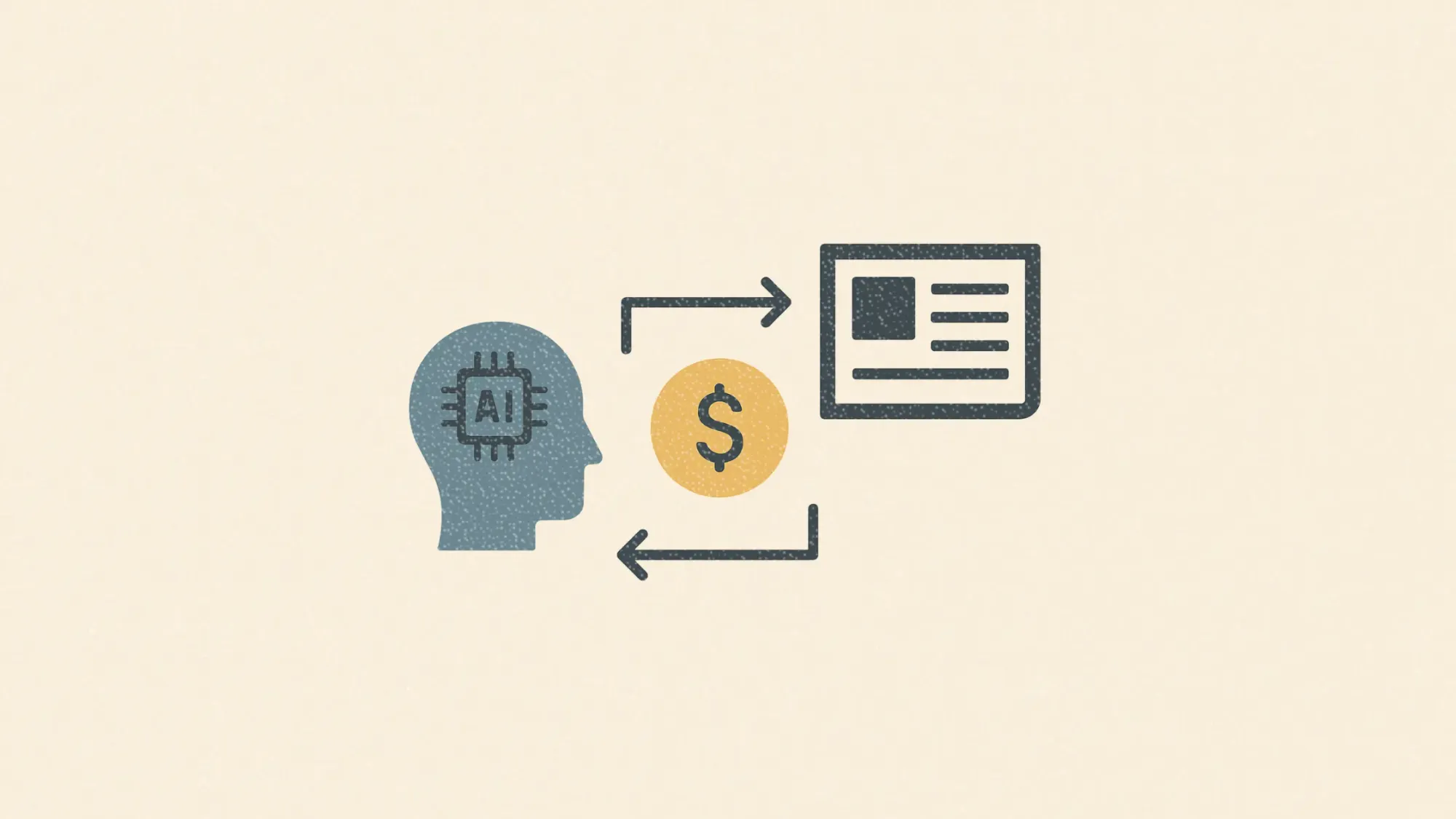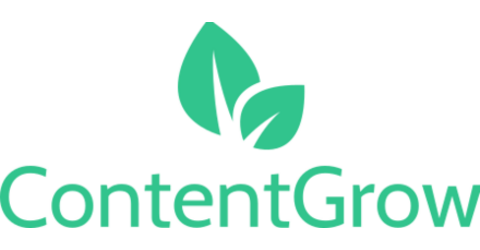Can AI pay for the news it uses? Publishers are testing 3 models
AI tools like ChatGPT are eating publisher traffic. Here's how the industry is fighting to get paid

Generative AI tools like ChatGPT, Perplexity, and Gemini are reshaping how users search, and publishers are getting cut out of the equation. Instead of clicking through to websites, users get instant AI answers, bypassing the monetization funnel entirely.
This article explores the emerging frameworks media companies are proposing to reclaim revenue lost to AI-driven platforms. As the digital landscape shifts, marketers and content leaders should pay close attention to how these models evolve. What’s happening to publishers today could happen to branded content next.
Short on time?
Here’s a table of contents for quick access:
- A crawl fee and usage royalty model
- Access control and a publisher-AI marketplace
- Publisher-branded LLMs
- What's missing from the current proposals
- What marketers should know

A crawl fee and usage royalty model
The first compensation model proposes combining a per-crawl fee with ongoing royalties based on how often a publisher’s content is used to generate AI outputs.
Proposed by Bill Gross, founder of ProRata, this model draws from Spotify and YouTube’s payout systems. Publishers would receive micro-payments, such as a penny per crawl (about a US$10 CPM), plus a 50-50 revenue split when their content directly informs an answer engine’s response.
Some publishers have already begun shifting away from flat licensing deals toward this usage-based model, according to recent reporting by The Information. However, critics argue that not all content has equal commercial value. A product review that drives purchases is far more valuable than a general news article. Without weighting based on user intent, the model risks undervaluing high-impact content.
Access control and a publisher-AI marketplace
Cloudflare is pushing a second framework focused on technical access controls. In July, the company introduced tools allowing publishers to block unpermitted AI crawlers while selectively allowing others. Think of it as a bot-level permissions system.
By denying access to certain AI bots, publishers could degrade the quality of outputs from those platforms, creating a financial incentive for AI firms to pay for ongoing access. Ziff Davis CEO Vivek Shah emphasized the risk of “garbage in, garbage out” if AI firms lose access to quality reporting.
The end goal is to create a formal marketplace where AI platforms pay for content access under a transparent and standardized framework. That could prevent giant players from dominating the licensing conversation and instead level the playing field for smaller publishers.
Still, this approach has a major flaw. Blocking access does not solve for inference-time attribution. Publishers currently have no visibility into how often or in what way their content powers an AI’s response. That makes it hard to price fairly or track downstream usage.
Publisher-branded LLMs
The third approach gives publishers more control by licensing content to train their own branded language models or power AI tools under their editorial umbrella.
Joe Marchese of Human Ventures suggests publishers could operate chatbots that answer user questions using only their own data. For instance, a company’s bot could run on OpenAI infrastructure but be trained exclusively on the company’s archives. This would keep content within a brand-safe environment and open new monetization paths through subscriptions or in-bot advertising.
We’re already seeing early signs of this model in the wild. Politico Pro launched a Policy Intelligence Assistant that generates custom policy reports using only its proprietary content. Because this data is unavailable to other LLMs, the product serves as both a differentiator and a closed-loop monetization tool.
Still, branded LLMs depend on solving the same uncracked problem: tracking how content is used. Without real-time attribution, even a tightly controlled AI product risks underpaying the publishers behind it.
What's missing from the current proposals
Across all three models, a few critical issues remain unresolved.
- No intent-based pricing
Not all content drives the same business value. A generic weather update and a high-intent product review should not be treated equally. Without intent-weighted royalty systems, publishers risk being undercompensated.
- Lack of inference-time attribution
Knowing your content was crawled is not the same as knowing it was used. Publishers need tools that track when and how their data contributes to AI outputs, not just when it was collected.
- Loss of indirect monetization
AI-generated answers remove the need for clicks, breaking the revenue funnel that drives subscriptions, affiliate conversions, and event registrations. Even a fair per-crawl fee does not capture the value of engagement that no longer happens.
As Felix Danczak of Pembroke VCT put it, “There’s never been a moment where losing control of your customer was good for business.”
What marketers should know
For marketers, the implications of these publisher-led shifts go beyond media rights. As the rules around AI training and content licensing evolve, they could reshape how brands access, distribute, and measure the value of content. Whether you're using AI to generate insights, fuel campaigns, or build tools, here are three things to keep in mind.
- Expect more paywalls and locked content
As publishers get more aggressive with crawler restrictions, marketers may see fewer third-party sources available in AI tools. This could affect your content discovery and syndication strategy.
- Follow inference-time tracking tech
If you rely on LLMs or AI tools, pay attention to platforms that offer better content traceability. Attribution tech will become critical for pricing, licensing, and compliance.
- Audit your AI dependencies
If your marketing tools rely on scraped web data, check their licensing. As publishers crack down, these tools may face lawsuits or access restrictions.
While publishers experiment with how to get paid in the age of AI, none of the current models fully restore the value they’ve lost. Usage-based royalties, branded AI tools, and access control are steps in the right direction. But without tracking how content is used in real time, the math will always be off.
For marketers, this is not just a publishing problem. It is a signal that content value, access, and distribution are being rewritten. Those who pay attention now will be better equipped to navigate what comes next.




